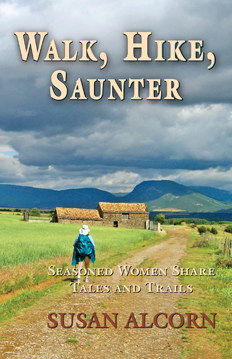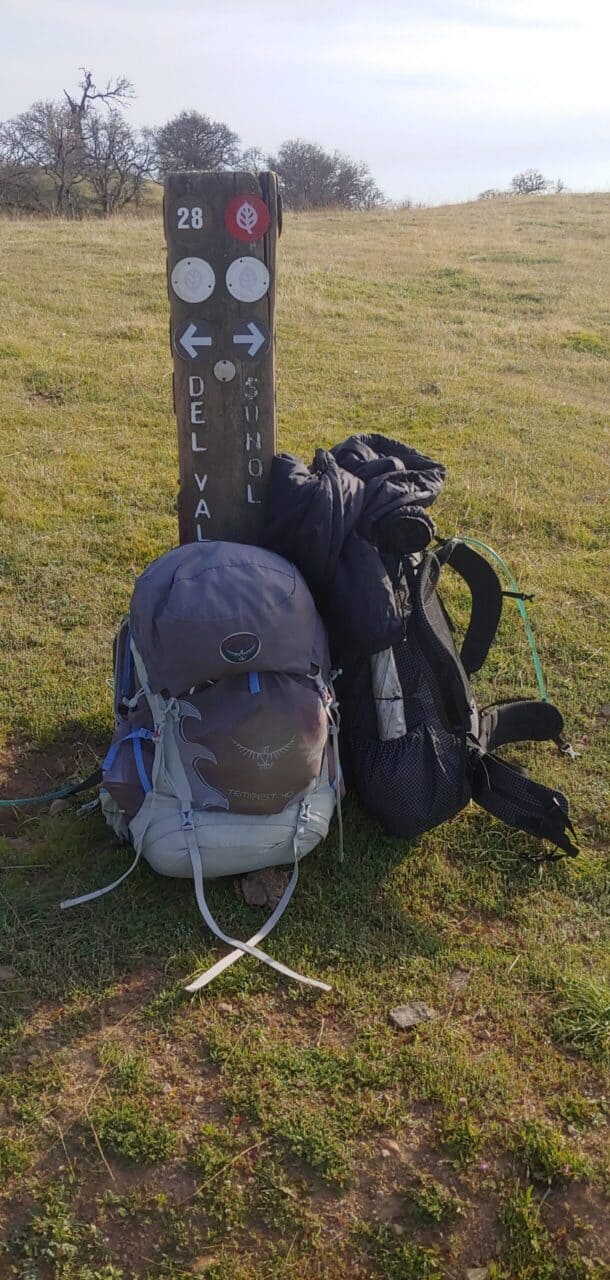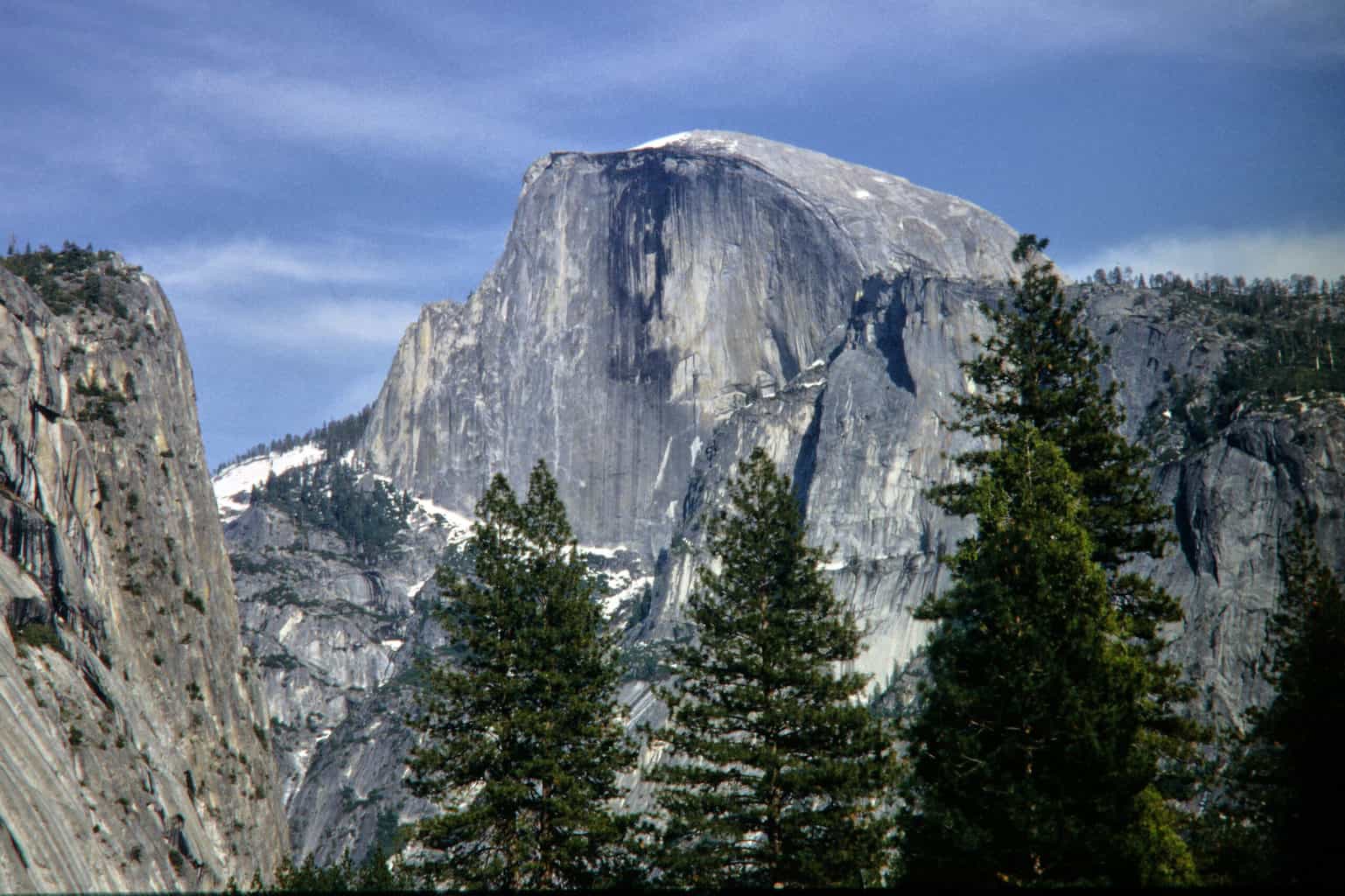Susan Alcorn’s Backpacking & Hiking Tales & Tips, August 2022
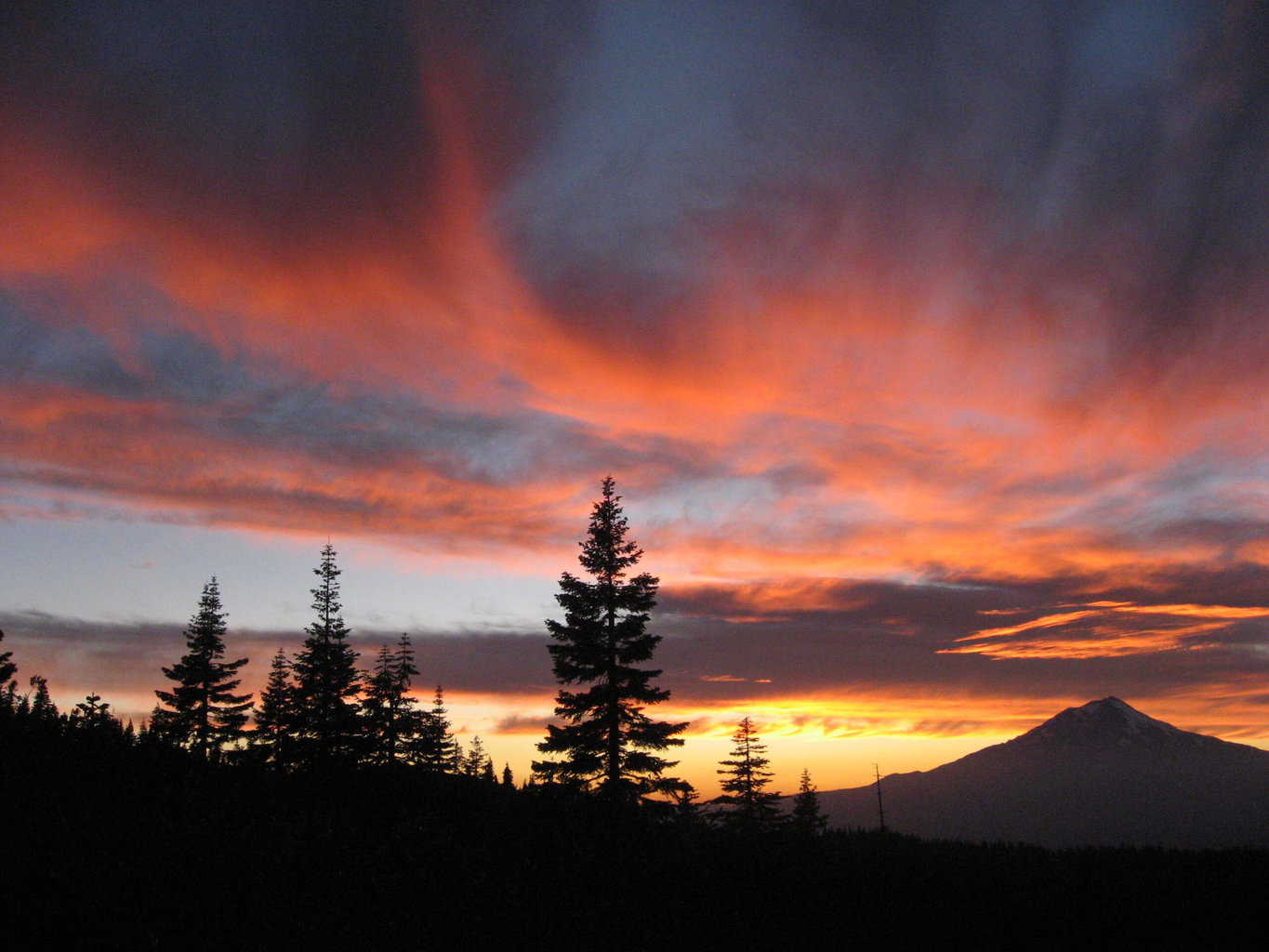
“If you think adventure is dangerous, try routine, it’s lethal.” Paulo Coelho
“Coming back to where you started is not the same as never leaving.” Terry Pratchett. Thanks to Joyce Bender for sending these uplifting quotes.
Contents:
1. Arlette Laan and the Eleven U.S. National Scenic Trails
2. Susan to be interviewed by Sierra Club Bay Chapter, Aug. 12
3. PCT and Sierra Fires Wreak Havoc
4. Safety Measures on the Camino de Santiago
5. PCT Trail Days
6. Treeline Review of Headlamps
7, Choosing a Good Sunscreen
Articles:
#1. Arlette Laan, “Apple Pie”, age 50, recently completed all 11 of the US National Scenic Trails!
That is the Appalachian Trail: 2,190 miles; Arizona Trail 800 miles; Continental Divide Trail: 3,100 miles; Florida Trail: 1,300 miles; Ice Age Trail: 1,000 miles; Natchez: 65 miles; New England Trail: 215 miles; North Country Trail: 4,600 miles; Pacific Crest Trail: 2,650 miles; Pacific Northwest Trail: 1,200 miles; Potomac Heritage Trail: 710 miles. That totals 17,830 miles. Way to Go!!!!
She has also completed about the same number of miles on other famous trails including New Zealand’s Te Araroa and Nepal’s Annapurna Circuit.
Read more: Backpacker online
and here: WPR
Watch: Here on youtube
#2. Susan will be interviewed on Sierra Club, Bay Chapters’ “Green Friday.”
Register here to RSVP and receive the link to the ZOOM meeting on Friday, August 12, 2022. 7:30 P.M. (The interview will be recorded on YouTube). Susan will be interviewed by Victoria Tishman Kamerzell, and will discuss researching, writing, and publishing her hiking books, particularly the most recent, Walk, Hike, Saunter: Seasoned Women Share Tales and Tips. This is an opportunity to hear more about some of the highly adventurous hiking women in our midst.
#3. PCT and Sierra Disastrous Fires.
Unfortunately wildfires are hitting the West hard again; here’s some of what’s going on.
California: The McKinney and China 2 Fires in far Northern California. The McKinney Fire is burning north of Etna and Fort Jones, California. The China 2 Fire is burning ~2 miles west of the community Seiad Valley. The weather conditions, including lots of lightning, are leading to extreme fire behavior and dangerous conditions.
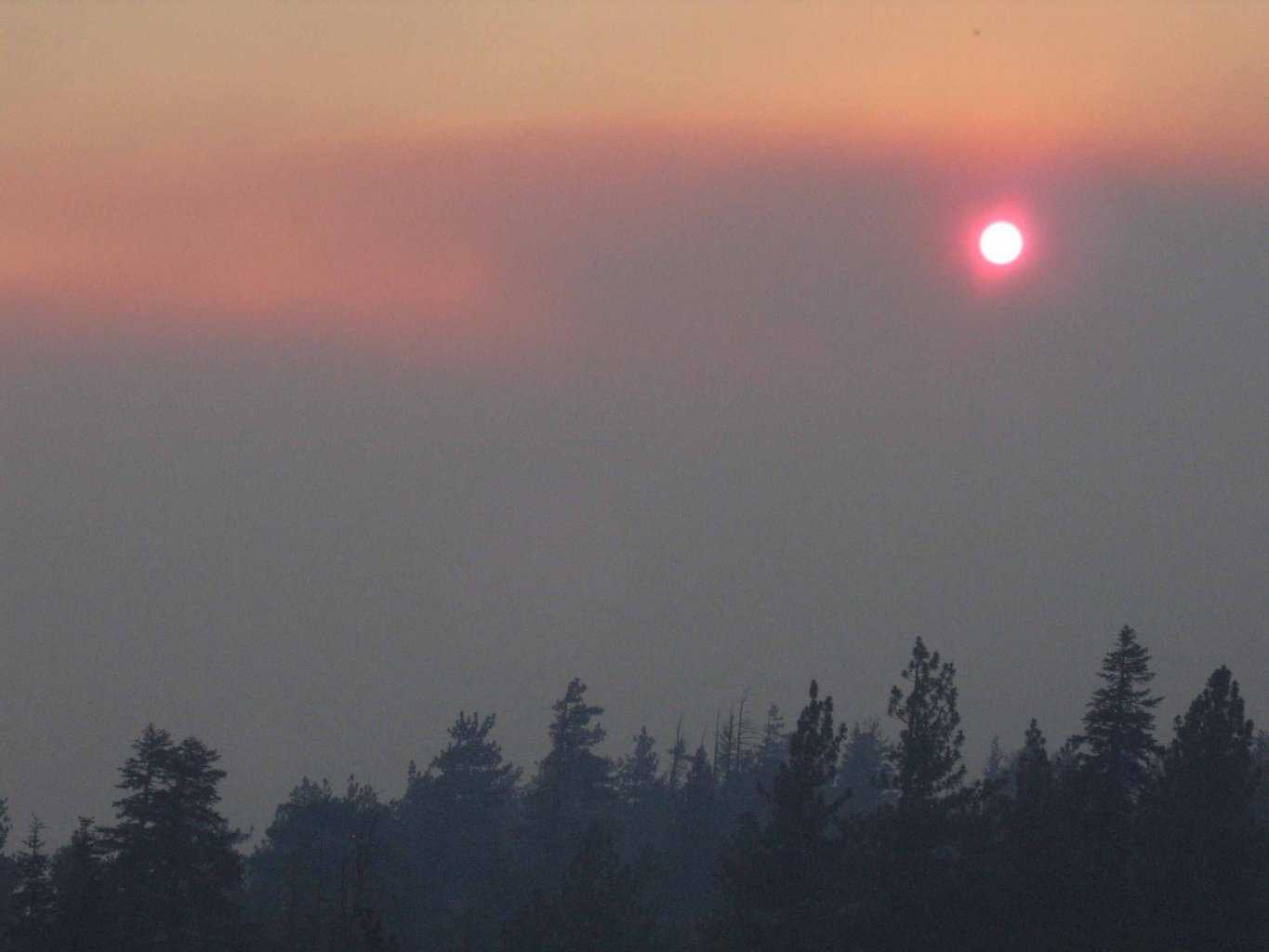
The McKinney fire (click here) in Klamath National Forest (reported 8/4/22) has grown to 58,668 Acres and is 10% contained. It is now the largest fire in California to date this year. Some residential areas in the City of Yreka received evacuation notices on July 30. There have been four fatalities near residences.
A 110 mile section of the PCT is closed by the Forest Service. The closure is from Etna Summit (mile 1600) in Northern California to Mt. Ashland Campground (~mile 1710) in Southern Oregon.
At least twenty PCT hikers were rescued from within the area and transported by the Medford, OR are Rogue Valley Transportation District buses to Ashland area. More info here.
The PCT Association published this map, click here of the closure.
Recent rain slowed the fire’s progress earlier this week, but that didn’t solve all the problems, however, because lightning, temperatures exceeding 105 degrees, and winds can contribute to the problems. That, combined with low relative humidity and dry vegetation have caused further Red Flag warnings from the National Weather Service.
Evacuations and closures:
Check Facebook pages of the Siskiyou County Sheriff’s Office and Siskiyou County Office of Emergency Services. Additional evacuation information and map can be found on the Zonehaven website. A shelter has been established at the Weed Community Center, 161 E Lincoln Ave., Weed, CA 96094.
Highway 96 remains closed through the fire area. Click here for current conditions.
Elsewhere in California: Earlier, people from around the world were watching the reports about the Washburn fire and Oak Fires, both near Yosemite National Park and at the height of the summer visitations. Both fires resulted in highway closures and evacuations. The Washburn was centered in the Mariposa Grove of Giant Sequoias in Yosemite National Park.
The cause of this fire is under investigation, so a tip line has been established. “If you were near the Mariposa Grove on July 7, 2022, please contact NPS Investigative Services Branch (ISB). Call or text (888) 653-0009. Email: nps_isb@nps.gov Online, go here:
Visitors, residents, and others are also following the Oak Fire, which is currently burning west of Yosemite in the Mariposa/Midpines area. Info here or by calling 844-MMU-FIRE (844-668-3473). For information about air quality, visit airnow.gov.
Closures and reopenings: Highway 140 through Mariposa County to Yosemite National Park has reopened to all lanes of traffic. Please drive carefully as fire suppression vehicles and equipment are still in the area. Wawona Road (Highway 41) reopened on Saturday, July 23. Wawona (including the Wawona Hotel and vacation rentals) was scheduled to the public on Thursday, July 28, at noon. “The Mariposa Grove of Giant Sequoias and the Wawona Campground remain closed due to the Washburn fire.”
All other areas of Yosemite are open, but as part of the effort already in effect to reduce congestion in the park during the summer, a reservation is required to drive into the park if arriving between 6 a.m. and 4 p.m.”
Oregon: Oregon is also seeing many forest fires. Mostly as a result of lightning strikes and extreme heat. Of particular concern to hikers, some have triggered scattered evacuation warnings, closed a 60-mile section of the Pacific Crest Trail near Crater Lake and shut down some campgrounds.
For PCT hikers that is: from Oregon 138 (mile 1,848 at the northern boundary of Crater Lake National Park) to Oregon 58 (mile 1,908 at Willamette Pass).
Other PCT trail closures: pcta.org/discover-the-trail/closures/

#4. Safety Measures for the Camino de Santiago Routes.
“There is continuing concern about incidents affecting female pilgrims. We reiterate the advice given by a number of pilgrim associations. “Before you set out, programme the emergency number 112 into your telephone.
“If you feel threatened or uncomfortable or if you are assaulted in any way try to remove yourself to a place of safety immediately.
“Call the police – the best number to use is 112, which covers all of Portugal (and much of Europe) and which has operators who speak English.
“And please report all incidents to the police. Too many of these unlawful aggressions are never reported, which means that the full extent of the problem is hidden from the authorities.” These reminders were posted by “Wayfarer” wayfarer, moderator on the Camino forum, Jul 21, 2022
#5. Pacific Crest Trail Days: August 19-21.
And now for some fun: “This is an annual summer festival at Cascade Locks (alongside the Columbia River on the Oregon/Washington border). “The event celebrates and promotes hiking, camping, backpacking & outdoor stewardship. Attendees can participate in activities, games, & presentations, win awesome gear at the raffle, and get great deals on the latest outdoor products from sponsors at the Gear Demo and Marketplace. If you’re into car camping, day hiking, long distance hiking, or just curious, a wide-range of gear and info will be here! Don’t miss out on a great time at the 15th annual PCT DAYS, located in the Marine Park of Cascade Locks, Oregon…the heart of the Columbia River Gorge!
“PCT DAYS is free to attend, with a fee for overnight camping. All raffle proceeds support the American Long Distance Hiking Association-West and Pacific Crest Trail Assoc. Vendors will be offering great food, coffee, beer and non-alcoholic beverages. No drone cameras, dogs, glass or alcohol may be brought to PCT DAYS and parking outside of the Marine Park is free.”
#6. Treeline Reviews on headlamps.
Read the reviews here. Also in the article reviewing headlamps, Treeline had this significant information to add: “Getting outdoors remains the center of what we do: Despite running this website, we make being outside a priority. While running Treeline Review, our co-founder Naomi Hudetz was the first person to thru-hike the Blue Mountains Trail. Additionally, we’ve hiked the Oregon Desert Trail, Ouachita Trail, and Arizona Trail.”
 Susan adds: Naomi was one of the women I featured in “Walk, Hike, Saunter: Seasoned Women Share Tales and Trails.”
Susan adds: Naomi was one of the women I featured in “Walk, Hike, Saunter: Seasoned Women Share Tales and Trails.”
#7. Lathering on the Sunscreen.
Excerpts from Kaiserpermanente’s “Summer sunscreen guide: Learn how to avoid common sunscreen mistakes” Click here.
Q: “What SPF should you use? A: Many people think that SPF, or sun protection factor, represents how much time you can wear a product before applying it again. But that’s not true. SPF measures how much UV radiation a sunscreen can absorb before it stops working.” Sarah Adams, MD, FAAD, a dermatologist with Kaiser Permanente in Southern California, says, “For me, the magic number is 30. SPF 30 blocks 97% of the UVB rays that cause sunburn. Anything above that only offers a little more protection — and nothing can block 100% of UVB rays.”
Adams adds:
Apply sunscreen at least every 2 hours, plus after going in the water.
“Waterproof” is not really waterproof — reapply when you go in the water.
Moisturizers with SPF work, but apply enough.
Separate sunscreen products and moisturizers is usually a better plan.
Chemical sunscreen absorbs rays within your skin cells, like a filter. Mineral sunscreen blocks sun rays by sitting on top of your skin, and will contain active ingredients such as zinc oxide or titanium dioxide. “‘Both protect you from sun damage, says Adams, and there’s no clear evidence that one is better for your health or more effective than the other.”
It should be a broad-spectrum product “to protect against both UVA rays, which contribute to premature aging, and UVB rays, which cause burning — and can lead to cancer.”
Some destinations, like Hawaii, have laws against chemical sunscreen to avoid damage to coral reefs. Check regulations before you travel.
See your dermatologist about possible sun damage if you notice new growths, bleeding, scabbing, or itching.
Check the expiration dates on products
Store products in cool places rather than in your car’s glovebox, etc.
There is much more information and explanation online, click here. (JUN 16, 2022)
——–
Thank you everyone. Stay well, keep hiking when prudent. I encourage you to send in items of interest to the hiking community to me at backpack45 “at sign” yahoo.com
Susan ‘backpack45’ Alcorn
Shepherd Canyon Books, Oakland, CA
susandalcorn.com
backpack45.com
Author of Walk, Hike, Saunter: Seasoned Women Share Tales and Trails; Healing Miles: Gifts from the Caminos Norte and Primitivo; Patagonia Chronicle: On Foot in Torres del Paine; We’re in the Mountains Not over the Hill: Tales and Tips from Seasoned Women Backpackers; and Camino Chronicle: Walking to Santiago.
Please note: Hiking and backpacking can be risky endeavors. Always be prepared for emergencies and carry food, water, shelter (warm clothing, etc.), flashlight/headlamp, matches, first aid supplies, and maps. Cell phones don’t always work. Leave word where you are traveling and when you are due back.
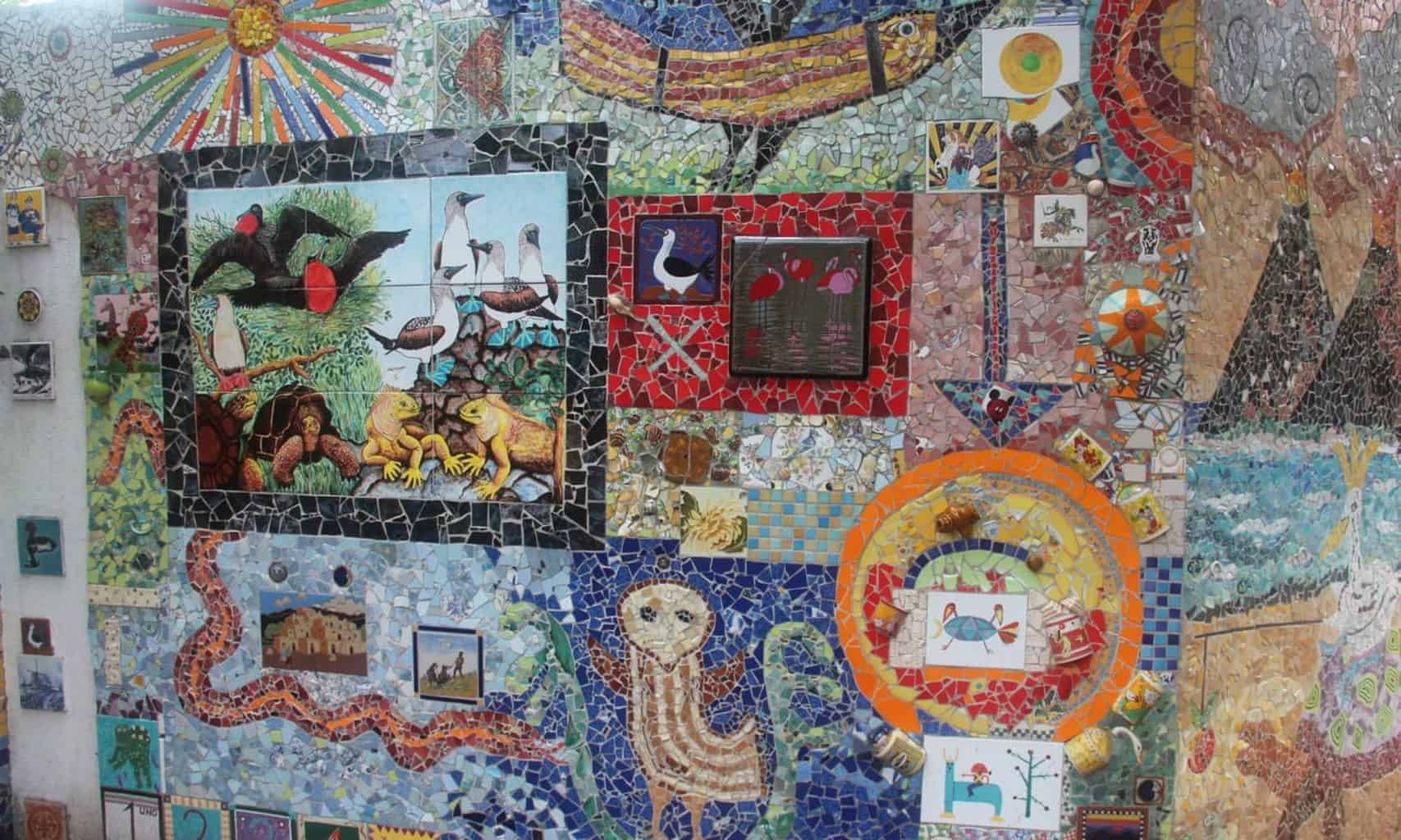

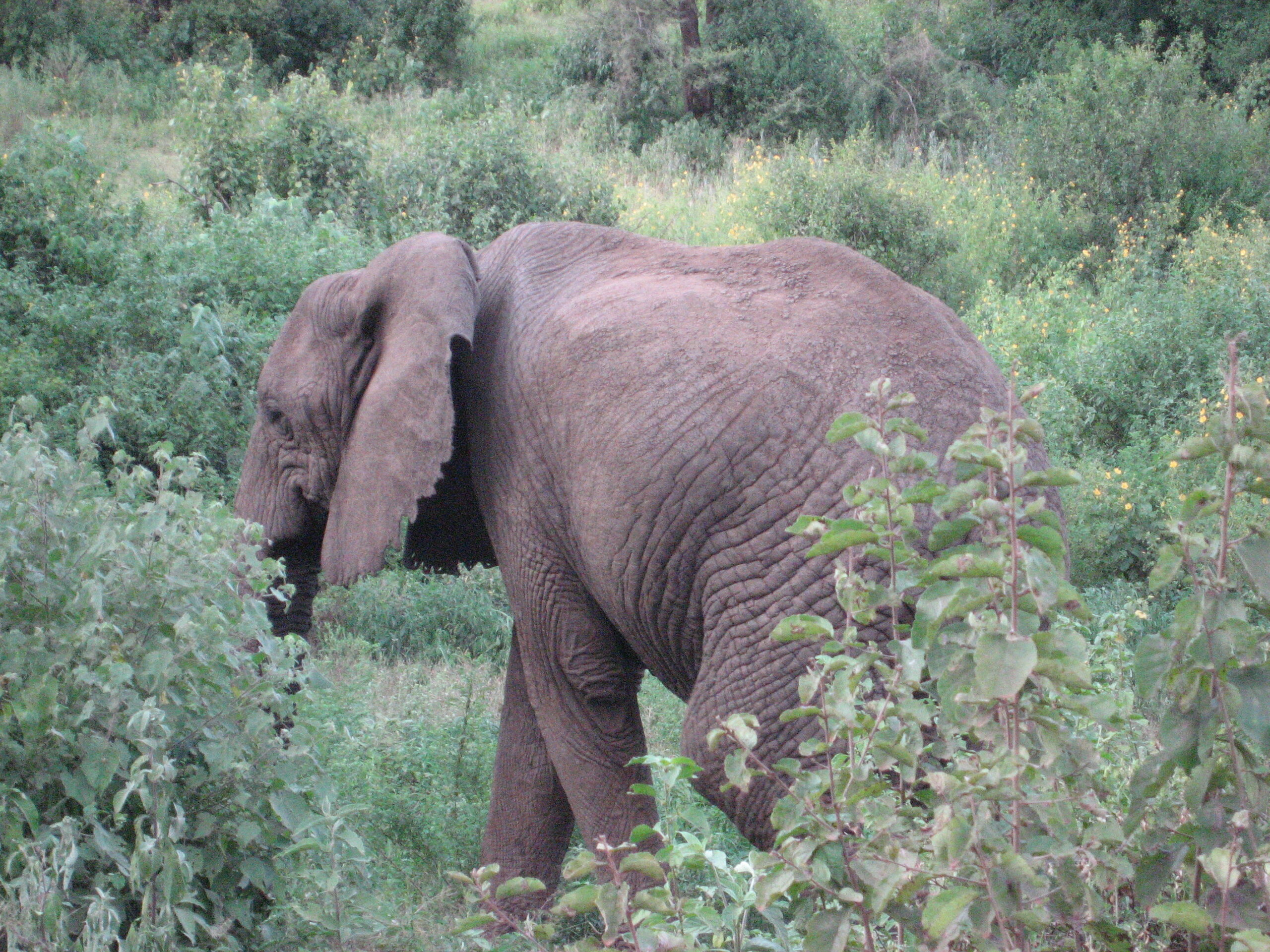 Susan Alcorn ©0169
Susan Alcorn ©0169 ;
;